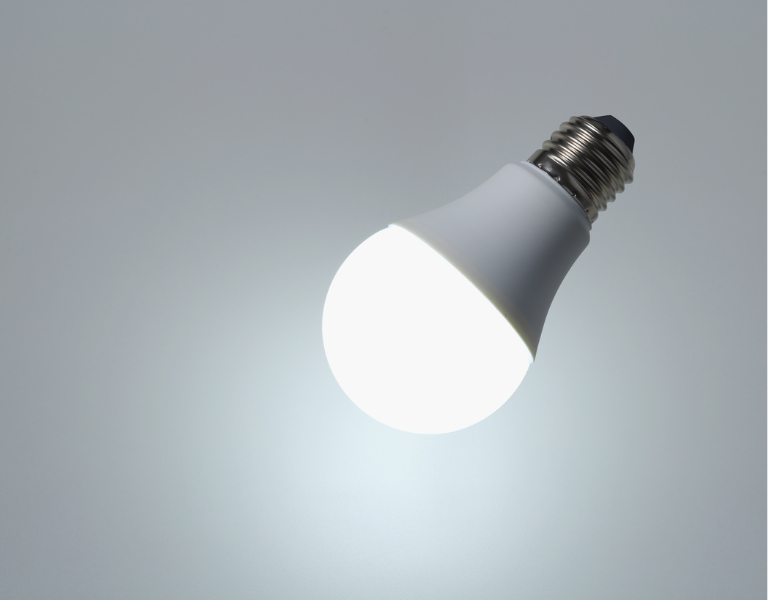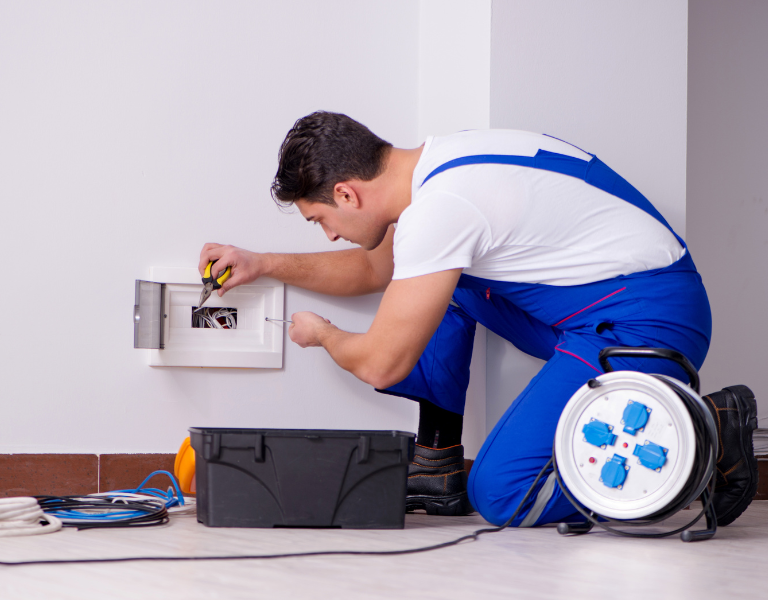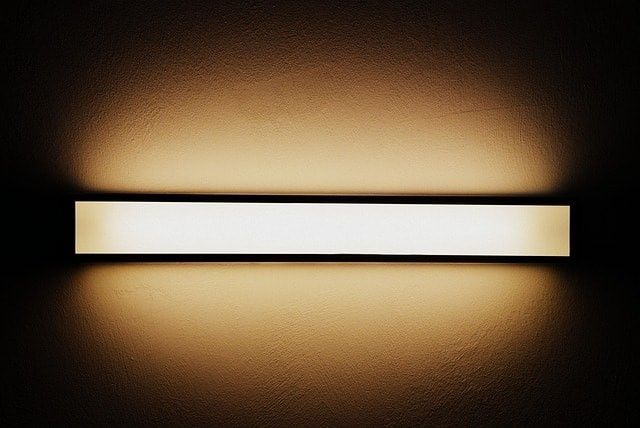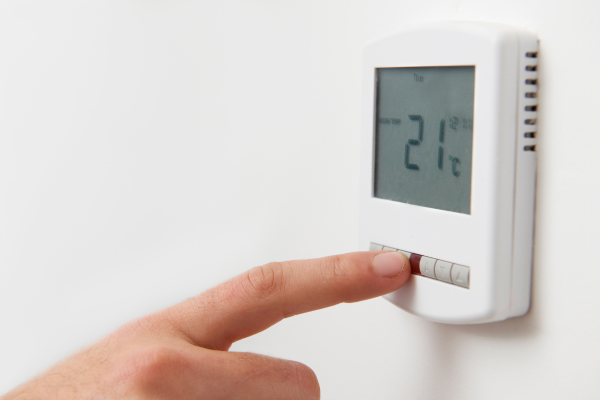Can Dimming Your Lights Really Cut Energy Costs?
Have you ever wondered if dimming your lights can cut energy costs? It sounds too simple to be true, yet dimmable solutions are becoming increasingly familiar with the rise of smart homes and energy-efficient lighting. But how much do you save by dimming lights? And does it work with all bulb types? Let’s find out.
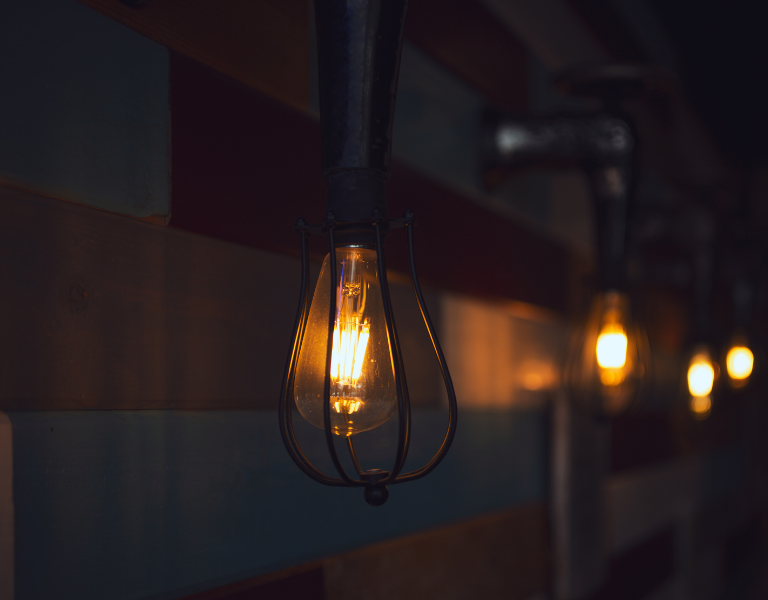
Understanding How Dimming Works
The Science Behind Dimming
Dimming works by reducing the voltage sent to a light source. The lower the voltage, the less light it produces and the less energy it consumes. Unlike traditional switches that simply turn lights on or off, dimmers let you simultaneously control brightness and power usage.
The Role of a Dimmer Switch
Modern dimmer switches use semiconductors (like TRIACs) to chop the electrical signal, letting the bulb receive only part of the power. Older models used variable resistors but wasted energy as heat; modern versions are far more efficient.
Light Brightness and Power Consumption
Lower brightness affects mood and reduces power usage. If you dim lights to 50%, you typically use 40–60% less electricity, depending on the bulb type.
Light Bulbs and Dimming Compatibility
Incandescent Bulbs
Incandescent bulbs are naturally dimmable. The lower the voltage, the dimmer the filament glows and the less energy they use.
Halogen Bulbs
Halogen lights also work well with dimmer switches. They maintain better colour quality at low brightness, but still use more electricity than LED light bulbs.
LED Bulbs
LED bulbs are today's most energy-efficient option, but there’s a catch: not all LED light bulbs are dimmable.
Not All LED Bulbs Are Dimmable
Always look for bulbs labelled as “dimmable.” If you use a non-dimmable LED on a dimmer switch, it can flicker, buzz, or stop working altogether.
CFL Bulbs
CFLs (Compact Fluorescent Lamps) are generally unsuitable for dimming unless specifically designed. Most will flicker or shut off when used with standard dimmers.
How Much Energy Can You Save?
Dimming for Energy Savings
Dimming a bulb by 25% can reduce energy consumption by about 20%. Down to 50%, and you might cut electricity use by nearly half.
Real-World Examples
Let’s say you run ten 60W incandescent bulbs for five hours daily. If you dim them to 30W, you could save over £50 annually, just from dimming.
Dimming vs Switching Off
Turning lights off when not in use is the best approach, but dimming is a solid alternative when full brightness isn’t needed, like during evening relaxation or watching TV.
Benefits of Using Dimmable Lighting
Lower Electricity Bills
The less power your bulbs use, the lower your monthly electricity bill. It adds up fast, especially in homes with extensive lighting setups.
Prolonged Bulb Life
Less heat and lower operating stress mean bulbs last longer, particularly for incandescent and halogen bulbs.
Flexible Ambience Control
Dimmable lights allow you to control the mood and feel of your space. Whether it’s a cosy dinner or a late-night read, the lighting can match the moment.
Better Task Lighting
Need full brightness while cooking, but only a soft glow in the hallway? Dimming lets you tailor brightness to your activity.
The Importance of EICR When Installing Dimmable Lighting
Before upgrading to dimmable lighting systems, it’s essential to ensure your electrical wiring and installations are safe and compliant. An Electrical Installation Condition Report (EICR) assesses the condition of your property’s electrics. It identifies potential issues that could affect dimmer switches and LED lighting performance or safety. JRO Electrics offers professional Electrical Safety Reports (EICR) to ensure your home or business meets current UK regulations before lighting upgrades. This protects your investment and gives you peace of mind that your dimmable lighting will function safely and efficiently.
Smart Dimmer Switches and Home Automation
What Are Smart Dimmer Switches?
Smart dimmers are part of the growing smart home ecosystem and let you control lights through mobile apps, voice commands, or schedules.
Integration with Smart Home Devices
You can integrate smart dimmers with devices like Alexa or Google Home. Set routines that automatically dim lights in the evening or when you leave the house.
Motion Sensors and Energy Management
Combine smart dimmers with motion sensors to optimise energy use. For instance, lights can dim or turn off when a room is unoccupied, saving even more electricity.
When Dimming Doesn’t Help Much
Bulb Compatibility Problems
Using a dimmer with non-dimmable bulbs can lead to inefficiency and even damage. Always match your bulbs with the correct dimmer type.
Outdated Dimming Technology
Older rotary dimmers aren’t built for LED or CFL lighting. They may cause flickering and don’t always effectively reduce energy use.
Inefficient Usage Habits
Leaving lights on all day, even if dimmed, wastes energy. Use natural light when possible and dim your lights only when needed.
How to Maximise Energy Savings with Dimming
Use Energy-Efficient Bulbs
LED technology is your best bet. Dimmable LEDs use less energy and provide excellent light output across all brightness levels.
Match Bulbs and Switches Properly
Not all dimmers work with all bulbs. Look for LED-compatible or universal dimmer switches to avoid performance issues.
Rely on Natural Light
Take advantage of daylight before reaching for the switch. Position furniture near windows and use lighter wall colours to amplify natural brightness.
Adjust Light Levels Based on Task
You don’t need full brightness to watch TV or relax. Dimming lights for non-essential tasks cuts energy consumption without sacrificing comfort.
Environmental Benefits of Dimming Lights
Reduced Carbon Emissions
Using less electricity directly lowers your home’s carbon footprint. Small changes in lighting habits can lead to significant environmental impacts over time.
Moving Toward Sustainable Living
Energy-efficient lighting, including dimmable LEDs and intelligent systems, supports a greener lifestyle with less waste and lower power usage.
Conclusion
So, can dimming your lights cut energy costs? The answer is a resounding yes when done right. Dimmable lighting systems offer numerous benefits, including lowering power consumption, cutting electricity bills, enhancing mood, and extending bulb life. By pairing the right bulbs with smart or modern dimmers and using them mindfully, you can enjoy significant energy savings and take a positive step toward sustainable living.
FAQs
Can dimming lights extend the life of the bulb?
Yes. Dimming reduces stress and heat on the bulb, especially with incandescent and halogen types, leading to longer lifespans.
Do dimmable LEDs flicker more than standard ones?
Only if you use an incompatible dimmer switch should you make sure your dimmer is designed for LED bulbs to avoid flickering.
Are dimmer switches costly to install?
Basic dimmers are affordable, and even smart dimmers have become budget-friendly. Many are simple enough for DIY installation.
Can dimming lights help reduce my carbon footprint?
Absolutely. Using less electricity reduces power plant demand, which helps minimise CO₂ emissions.
Is it better to dim the lights or switch them off?
Switching off is ideal when you don’t need light. However, dimming is a smart way to save electricity and money when lighting is necessary.

